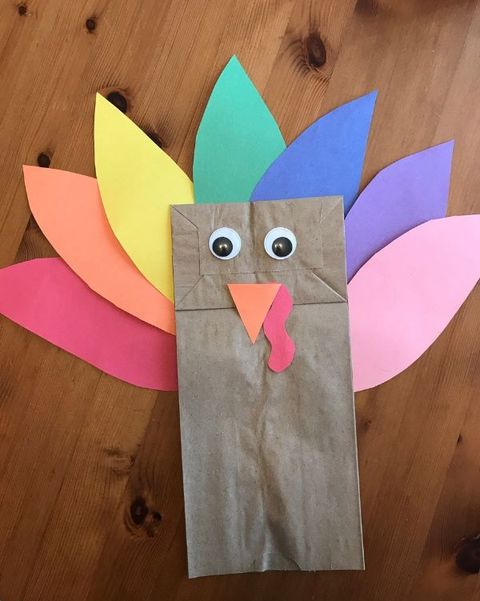NOVEMBER 26, 2020 – Fourteen years ago, I read Mayflower by Nathaniel Philbrick. It was stuffed with unflattering images from our past, such as an Indian head on a pike—the Pilgrim’s equivalent of “Don’t Tread on Me!” Ever since, I’ve winced a little at the mention of “Thanksgiving.” But I shouldn’t. Examination of details of humanity’s past is akin to looking at a person’s walk-in closet during an open-house tour: you see a lot that you wish you hadn’t.
My first memories of Thanksgiving reach back to kindergarten and making a turkey out of construction paper. After some intense cutting and pasting, I remember looking around the room at the other kids’ artwork and realizing that not all turkeys were created equal.
The real kicker came the next day at our grandparents’ house, where our family had Thanksgiving dinner.
“Where are the colored tail feathers?” I asked our grandmother as she pulled the turkey from the oven.
“They were plucked,” my grandmother said with a laugh, “long before I brought the turkey home from the store.”
In the intervening years, lots of colorful ideas have been plucked from the myths that we grew up with surrounding Thanksgiving. The most ironic twist to America’s big holiday is that the Pilgrims’ survival (for which they gave thanks at end-to-end picnic tables after the harvest of 1621) meant the non-survival of Indians who opposed them.
The big killer, however, was disease, and that enemy had been introduced well before the Pilgrims. It didn’t take long for the spread of smallpox imported by European migrants to reach wipe-out proportions.
Naturally, today when we go around the table (or Zoom gallery) to tell “what we’re thankful for,” no one’ll say, “Decimation of indigenous people.” And tragically, no one’ll say, “For the Indians’ avoidance of genocidal European diseases.”
This time around, the disease factor is especially ironic. Indians would be getting the last laugh if it weren’t for the fact that American Indian nations are suffering disproportionately from the current pandemic. For those unfortunate souls, the crushing wheel of history turns full . . . circle.
All of which takes me back to my kindergarten class. With our paper turkeys in hand, we sat around the alphabet circle in the center of the room and one by one told the class “what we were thankful for.” I don’t remember what any kid said. I don’t remember what I said. Doesn’t matter. What was important was the concept of expressing thanks; of sitting still, cross-legged on the floor, long enough to think about thanks, and then, when it was your turn, to say aloud, “I’m thankful for . . .”
However mythical we’ve made The First Thanksgiving, it serves us well to set aside a whole day and call it “Thanksgiving,” and then on that day, to do just that—to give thanks, and to say it aloud in our respective circles.
May you have much from which to pluck when it’s your turn to say, “I’m thankful for . . .”
(Remember to subscribe to this blog and receive notifications of new posts by email.)
© 2020 by Eric Nilsson

1 Comment
Good job Eric. I’m thankful to be able to visit my 93 (tomorrow!) year old mother who still lives independently in her home during this pandemic.
Comments are closed.